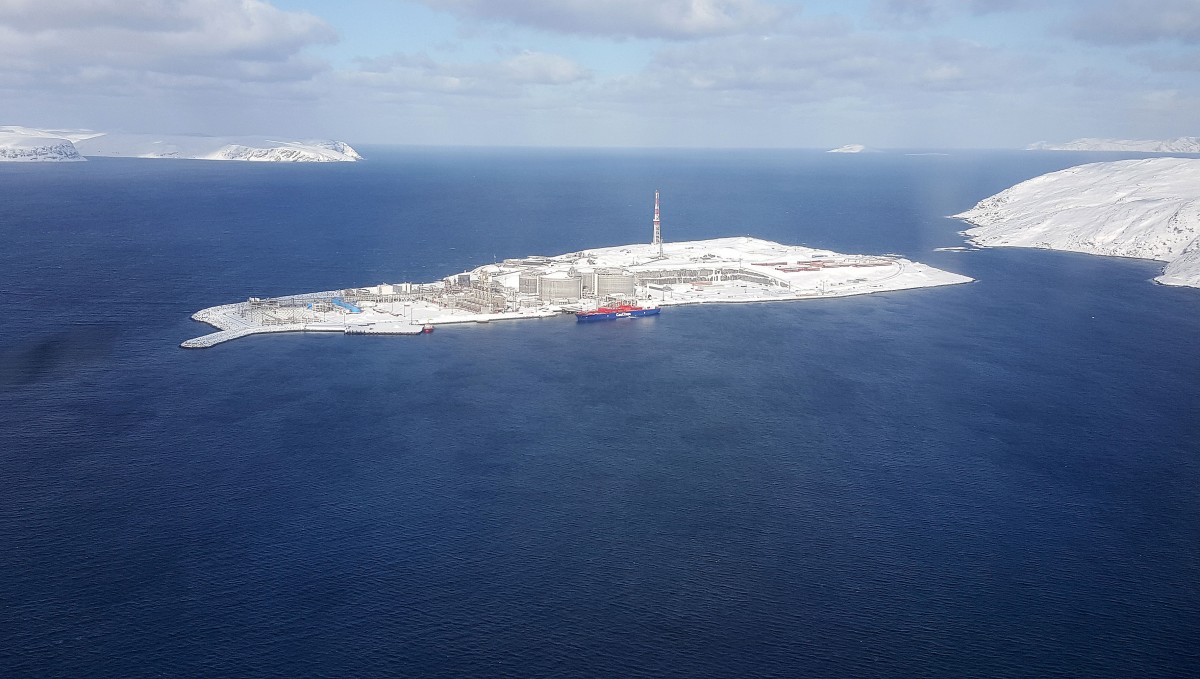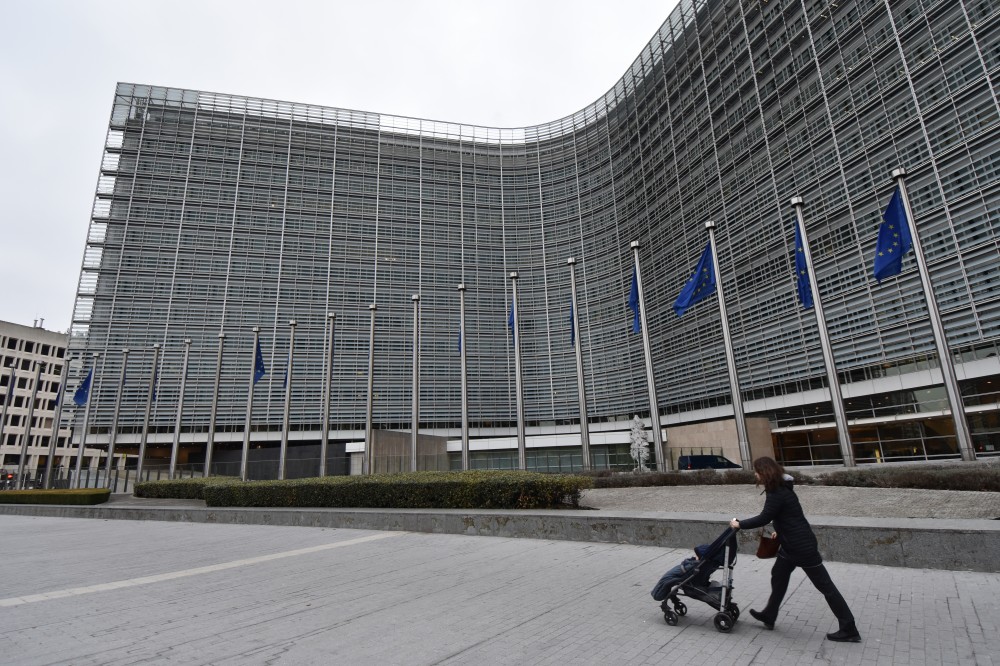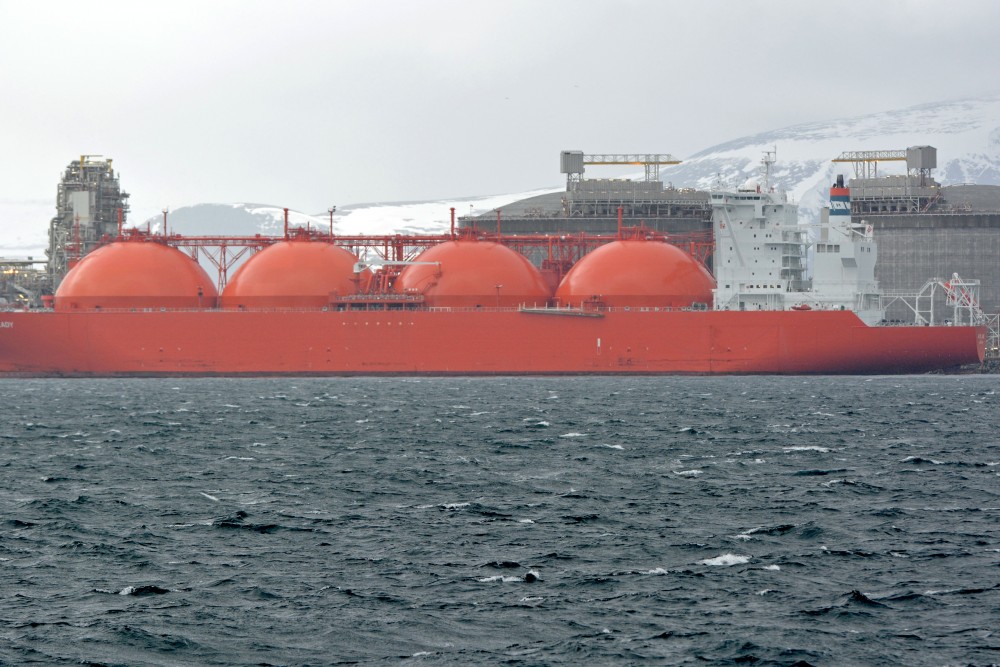EU ramps up energy efficiency target, but still room for Norwegian gas
On Wednesday, Miguel Arias Cañete, Commissioner for Climate Actions and Energy with the European Commission, announced the European Union’s target to increase energy efficiency. By 2030, EU should see an increase of at least 30 percent in energy efficiency compared with 1990 levels. That is up from a current target of 27 percent.
The strategy helps EU to become less dependent on energy import and reduce emissions causing climate change.

Key elements in the new strategy include a phase out of subsidies for coal-fired power plants and boosting the share of renewables such as wind and solar into Europe’s energy grid by 2030.
Commission Spokesperson for Climate Action and Energy, Anna-Kaisa Itkonen, told the Barents Observer that implementing EU’s ambitious Paris climate change commitments will drive Europe’s transition to a low carbon, resource-efficient energy production and consumption.
Natural gas from Norway will, however, contribute as a bridge in Europe’s energy transition.
“The EU will continue to integrate Norway fully into its internal energy policies,” Itkonen says.

Import peak in 2040-2045
The Commission estimates EU’s gas demand to remain relatively stable in the coming years. Whilst electricity generation is decarbonizing, retiring coal plants give room for gas-fired generators to stay on.
“Natural gas pollutes half as much as coal and therefore is a bridge between more polluting fossil fuels to cleaner sources of energy,” Anna-Kaisa Itkonen says.
In terms of future demand by 2030, the European Commission’s scenarios estimate a consumption of 370-440 bcm/year. A challenge for EU is decline in domestic gas production. Import might therefore increase.
“The projected decline in domestic gas production also means that imports and import dependency might increase, reaching a peak around 2040-2045,” Itkonen said. She underlines that gas both serves as back-up to renewable energy sources and plays a key role in the decarbonization of the transport sector as an alternative fuel for trucks and ships.
LNG from Barents Sea
Norwegian gas production in the North Sea is expected to decrease in the decades to come, while oil companies have brighter expectations to produce gas from fields further north in the Norwegian Sea and Barents Sea. Today’s only operational gas field in the Barents Sea, Snøhvit north of Hammerfest, pipes the gas to a processing plant producing liquefied natural gas. The LNG is mainly shipped to markets in Europe.
With EU’s new energy efficiency plans, there is still a need for LNG from Arctic waters, like the Barents Sea.
Also, for political and security reasons, the European Union seeks to decrease its dependency on Russian gas.
Itkonen says the EU is committed to diversification of energy sources, partners and routes, aiming to reduce dependence on a single supplier or route.

Norway is EU’s second largest supplier
“This is part and parcel of the Energy Union Strategy. To reach this objective, the Commission aims at more interconnected and competitive gas markets within Europe. Initiatives such as the Southern Gas Corridor to bring gas from the Caspian basin to Europe, the establishment of liquid gas hubs in the Mediterranean area and Liquefied Natural Gas being in the centre of its strategy are such examples,” Itkonen explains.
“As part of this strategy, the EU will further develop its partnership with Norway, the EU’s second largest supplier of crude oil and natural gas,” she says.
The Energy Union Package presented by the Commission in Brussels on Wednesday will have to be agreed by the European Parliament and the Council of Ministers.